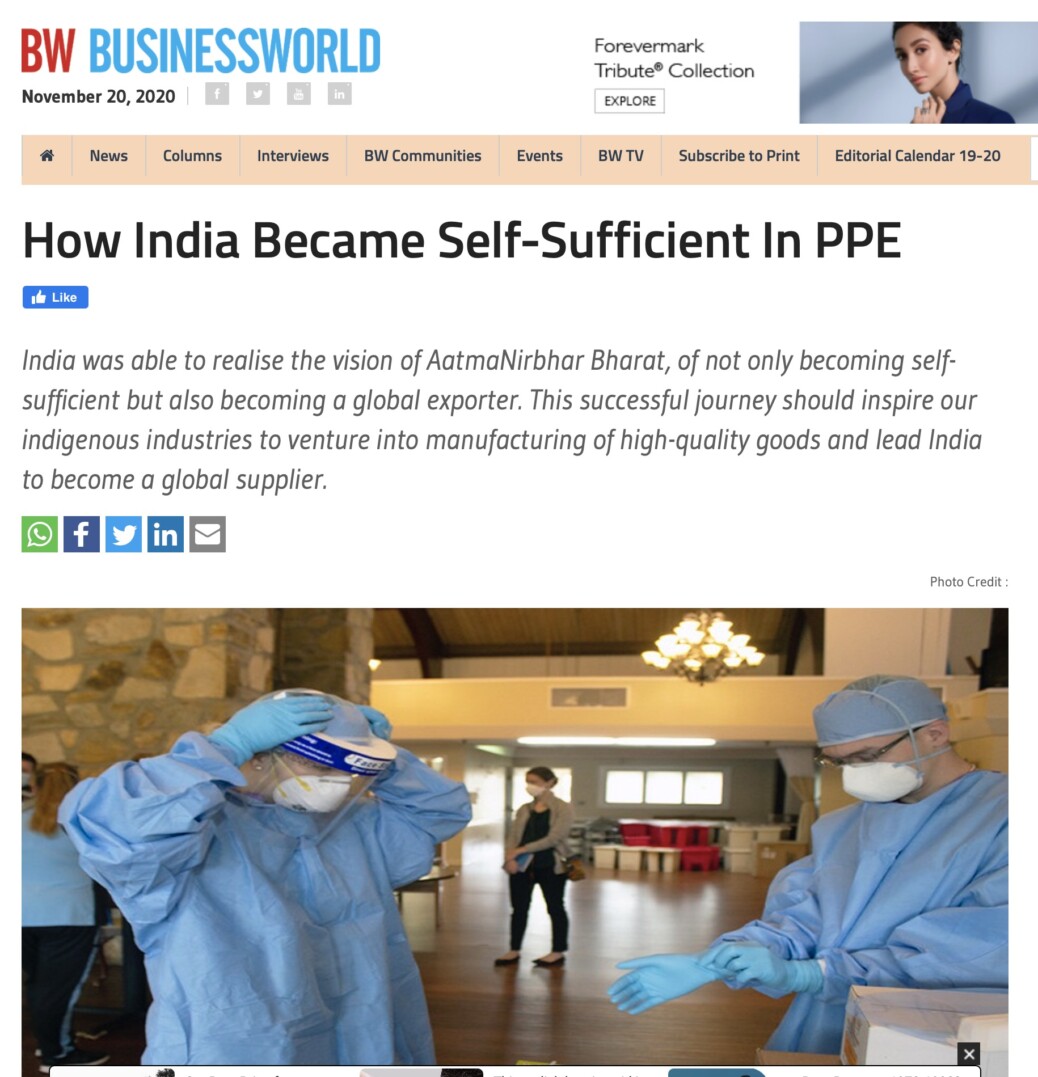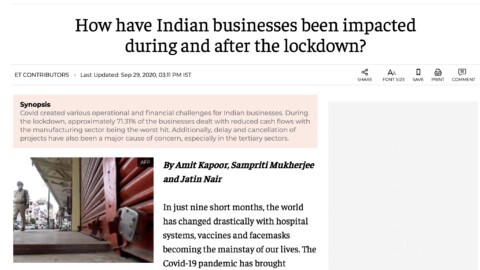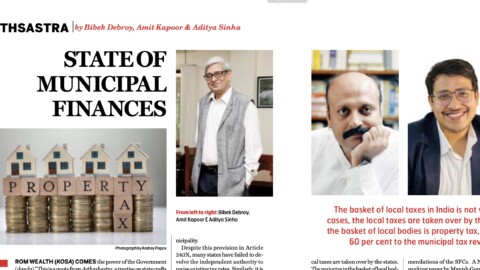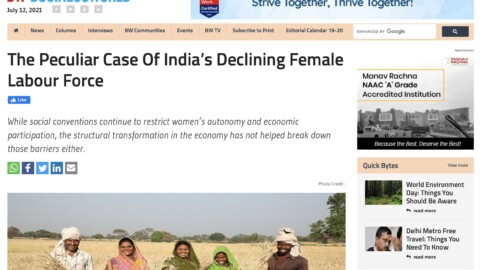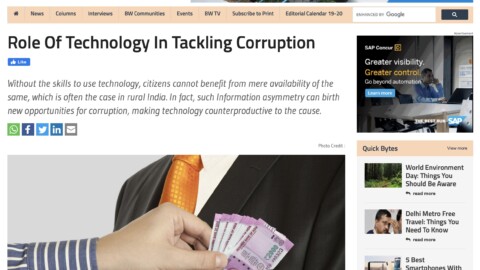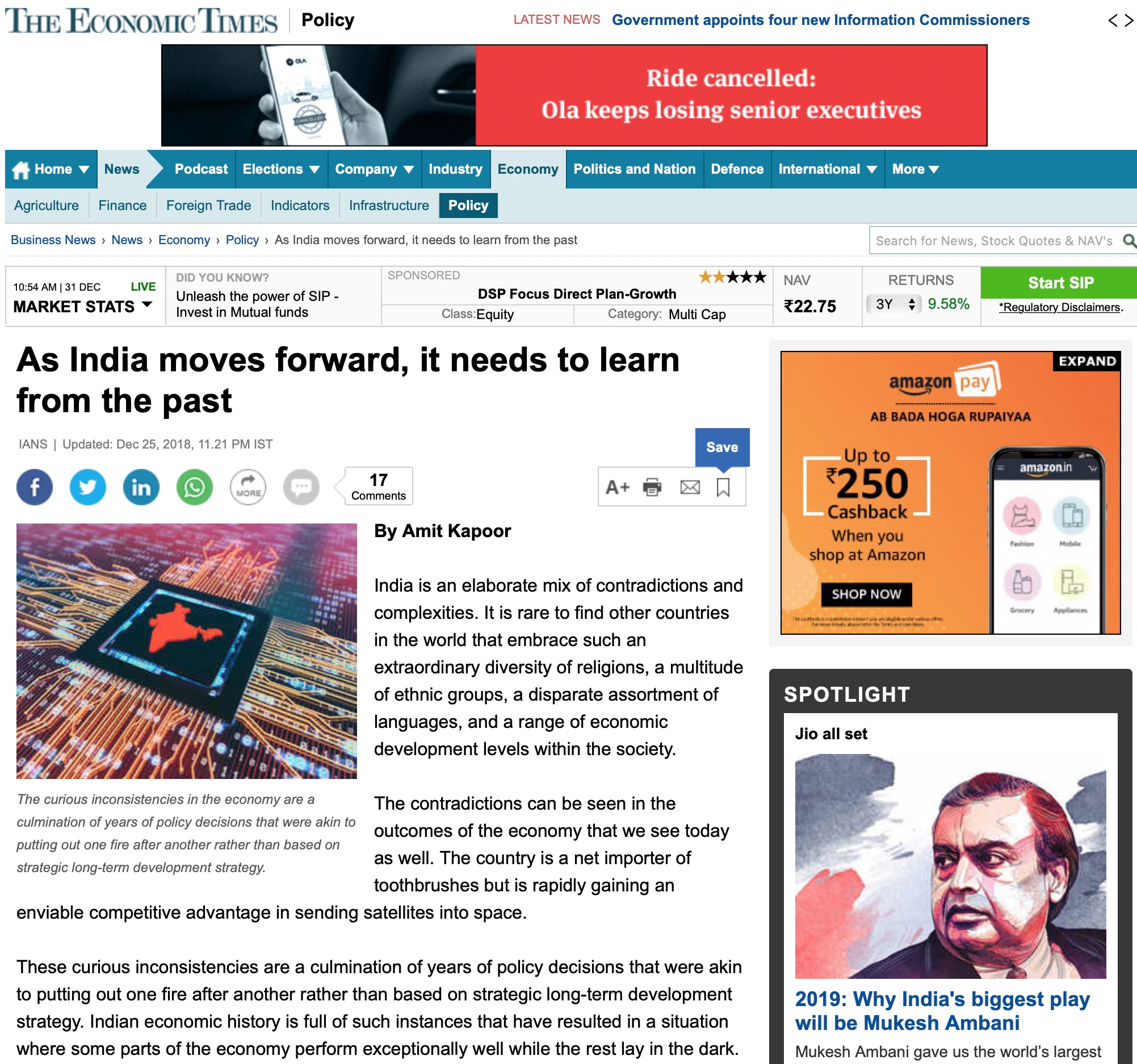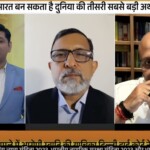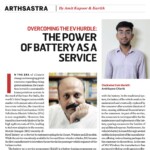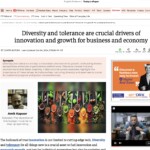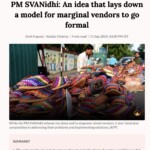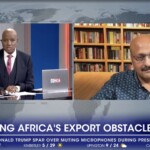How India Became Self-Sufficient In PPE
India was able to realise the vision of AatmaNirbhar Bharat, of not only becoming self-sufficient but also becoming a global exporter. This successful journey should inspire our indigenous industries to venture into manufacturing of high-quality goods and lead India to become a global supplier.
The pandemic posed unprecedented challenges to economies around the world, but the Government of India (GoI) set out to turn this crisis into an opportunity of making India a self-reliant economy. After the launch of the AtmaNirbhar Bharat mission, we soon witnessed success with the development of an indigenous supply chain of Personal Protective Equipment (PPE) kits. The 60-day journey of achieving self-sufficiency is not only a demonstration of effective governance but also an inspiration for local manufacturers to venture into producing high-quality products.
At the beginning of this successful journey, India had zero capacity to produce PPE kits and classified as class-3 protection level under ISO 16603 standard, which are required during pandemic situation. When the first case of coronavirus in India was reported on 30th January, India was completely dependent on imports and facing the imminent export restriction on PPEs by other economies.
In the face of the crisis, the achievement was unlocked by the collaborative efforts of various stakeholders, with the GoI playing the role of a facilitator. With limited time to spare, the Ministry of Health and Family Welfare (MoHFW) and Ministry of Textiles (MoT) brought on board the textile and healthcare industry experts, industry associations and major manufacturing companies, and undertook a joint study to take stock of the resources at hand for building an indigenous supply chain and the existing gaps that need to be tackled.
The South India Textile Research Association (SITRA), a textile research organization was also brough on board as the key player for testing samples during the pilot run. One of the major challenges that surfaced during the pilot run was the quality of the sample PPEs. By 22nd March 2020, only four manufacturers had passed the quality test. Soon after, the nation went into one of the strictest lockdowns in the world. Regardless, MoT and MoHFW set out to establish a network of testing labs across the country, all the while tackling the logistical challenges to facilitate the process amidst the lockdown. By 8th May, that seven more NABL-accredited laboratories were approved for testing PPE samples. The strategic placement of labs across the country fast-tracked the testing process, and consequently the post-production processes.
Developing the PPE supply chain was the next herculean task, which was beset by yet more logistical issues, regulatory roadblocks, operational issues and information gap. But the MoT and MoHFW rose up to the challenge. It roped in different institutions and organizations, and constituted empowered committees and groups to help tackle the hurdles and ensure all the gaps were plugged in. Through the coordinated efforts of multiple stakeholders with the GoI at the helm, India was able to develop an indigenous supply chain.
As the facilitator, the GoI showed exemplary leadership even as time was running out. The MoT and MoHFW went on a war footing coordinating and monitoring the actions of all the stakeholders, and made it possible to transform India from an import dependent country to a self-sufficient country in manufacturing high-quality PPE kits, all within 60 days. In fact, India took another step and even began export of class-3 PPE kits.
In July, the supply of indigenous PPE kits had surpassed the domestic demand, and India was reported to have exported 23,00,000 PPEs to the US, the UK, Senegal, Slovenia, and UAE. In this way, India was able to realise the vision of AatmaNirbhar Bharat, of not only becoming self-sufficient but also becoming a global exporter. This successful journey should inspire our indigenous industries to venture into manufacturing of high-quality goods and lead India to become a global supplier.
The article was published with Business World on October 22, 2020.
